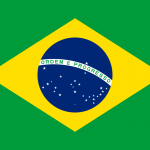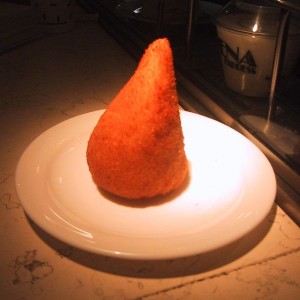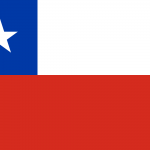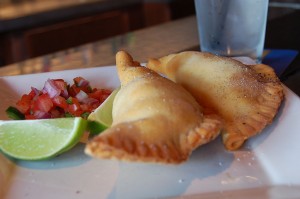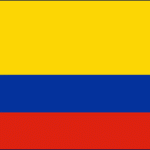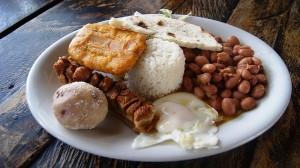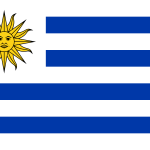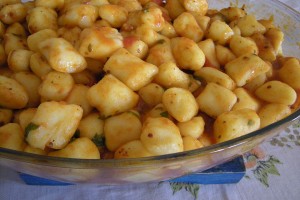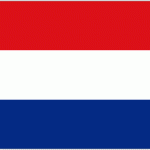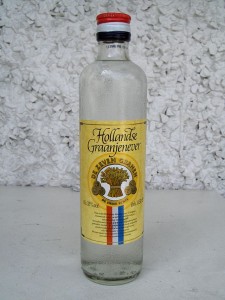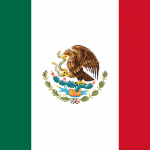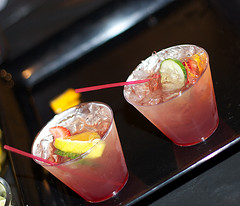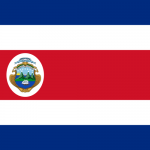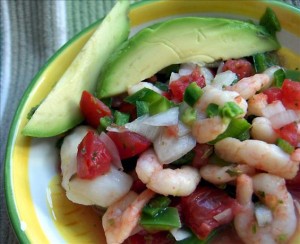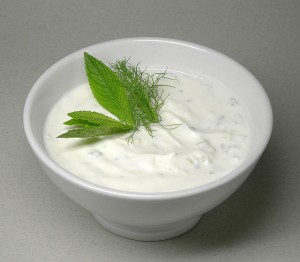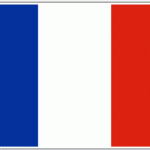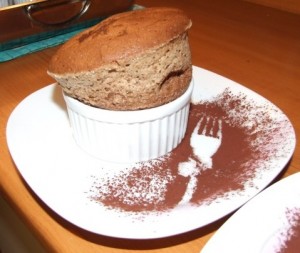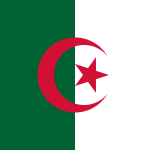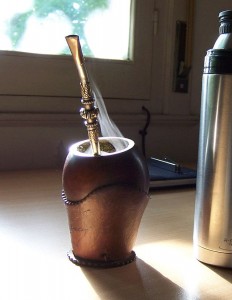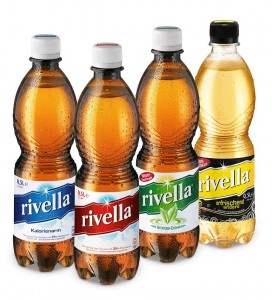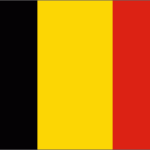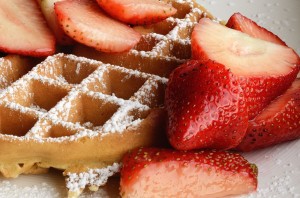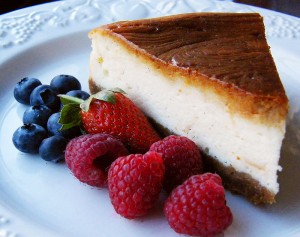MAIN COURSE: WORLD CUP FLAVOR
World Cup: We Cook
A Passport to the Flavors in the Round of 16
By Natalie Reehl
One of the biggest and most celebrated sporting events is going on currently in Brazil – The World Cup – and everyone on this planet is buzzing with excitement. Who doesn’t love soccer, or should we say “futbol?” However there is more to the World Cup than soccer: with 16 teams in the Round of 16, there is an abundance of culture and diversity that happens behind the scenes. A main part of culture around the world is the food & culinary technique, and every country (and even every region) has a different use for each ingredient.
Here we show you some of the most popular foods from each team’s place of origin, and have a good old-fashioned face off between the foods. It’s team against team for both the ball and the food. You decide the winner!
MATCH-UP: BRAZIL V. CHILE
Flavor from Brazil:
The Brazil team already has the upper hand in this culinary competition, as the games are hosted right there! That means all the food is fresh and right off the grill, and perhaps they’re even serving Coxinha right at the games! Coxinha is one of the appetizers labeled under “salgadinhos”, which means “hearty snack”. They are made of chicken and cheese mixed with a chicken-based sauce, then fried so they resemble drumsticks. Yum!
Here is a recipe on how to make coxinha to serve at your own World Cup viewing party: http://southamericanfood.about.com/od/snacksstreetfood/r/Coxinha.htm.
Flavor from Chile:
Everyone at some point has tried Empanadas, a popular appetizer from Chile that can be modified to fit any taste or region-specific ingredient! The most well-known and loved version is the Chilean Beef Empanada: filled with chopped beef and mixed with seasonings to create the filling, the simple dough is made with flour, eggs, milk, and salt. Empanadas are filling and delicious, and resemble a calzone in appearance. Much like the coxinha from Brazil, they can be enjoyed as a hearty snack or as part of a meal!
Find out how to create your own empanada on quericavida.com:
http://www.quericavida.com/en/recipes/chilean-beef-empanadas/.
MATCH-UP: COLOMBIA V. URUGUAY
Flavor from Colombia:
Colombia is known to be full of culture and flavor, and we can see that all here on the Bandeja Paisa plate! This single plate of food holds grilled steak, fried pork rind, chorizo, and red beans that are all on a bed of rice and topped with a fried egg, avocado, and sided with sweet banana chips. For a country full of color and flavor, this plate certainly represents well, and is known as one of the primary dishes in Colombia. It seems like a lot of food, but it covers all the bases: sweet, salty, rich, and packed with protein. Sounds like something fun to try out for a summer potluck!
And of course, here’s a recipe straight from South America to help:
http://www.southamerica.me/bandeja-paisa-recipe-colombia/.
Flavor from Uruguay:
Since Uruguay is also in South America, we bring you more filling & outrageously proportioned food: Ñoquis, otherwise known as Gnocchi. This heavy dumpling-style pasta is delicious and composed of simple ingredients: flour, eggs, cheese, potato, and sometimes breadcrumbs. There is even a tradition in Uruguay where on the 29th of each month people consume Ñoquis and even leave money beneath their plates in order to bring wealth & prosperity.
Check out this link to view a fantastic recipe and create your own Ñoquis on the 29th of the month:
http://southamericanfood.about.com/od/maincourses/r/yellowpotatognocchi.htm
MATCH-UP: NETHERLANDS V. MEXICO
Flavor from the Netherlands:
Nothing pairs better with food than drink, and so we’re taking a break from cuisine to look at a couple different beverage choices the teams at the World Cup enjoy when they’re not on the field. In the Netherlands there is a culture around drinking the Dutch way, and they are big fans of whiskey. The preferred choice of whiskey is Genever, the “spirit of the Netherlands” and the national liquor of Holland. It’s a light whiskey with a blend of spirits, infusions and “malt wine”- a jumble of barley, rye, and other grains. The best way to drink this specific whiskey is to perform a “Kopstoot”, or style of creating the drink.
Take a look to learn how here: http://www.esquire.com/features/drinking/dutch-drinking-culture-0810.
Flavor from Mexico:
We all know what this drink is going to be: the Margarita! Who doesn’t want to lay back after a long day of kicking the ball around and sip on a fruity, tequila-y beverage? Margaritas are a well-known beverage and are a staple at any fiesta, since they can be made into any flavor such as grapefruit, pear, peach, and even the signature lime flavor. The tequila adds a zing to the otherwise slushy- like beverage, and when poured into a fun glass it’s like a miniature vacation to Mexico. ¡Olé!
Try it out for yourself if you haven’t already:
http://us.sauzatequila.com/recipes/grapefruit-margarita
And as always, please drink responsibly!
MATCH-UP: COSTA RICA V. GREECE
Flavor from Costa Rica:
Ok, who hasn’t heard of Ceviche? It’s one of Costa Rica’s most popular foods, yet it’s one of the most questionable sounding. Ceviche is composed of raw, chopped up seafood that is mixed with onion, tomato, cilantro, and marinated in lime/ lemon juice- and then is eaten just like that! The lime/lemon juice is supposed to “denature” the seafood: it kills the bacteria, which is basically the same as cooking it, without it ever actually being cooked. Hence, a deliciously light (and fresh!) topping for tortilla chips is created, and is the perfect snack on a warm summer evening or when guests are over.
Our very own Chef Arturo Vargas gave us a simple and delicious ceviche recipe, try it today! http://wilesmag.com/2011/labor-free-ceviche/
Flavor from Greece:
We can assure you that the World Cup team from Greece grew up with this classic – Tzatziki dip! This cucumber and yogurt dip is created to be a creamy and tangy addition to pita bread, or can be put on almost any food (just like a normal condiment!). It’s full of dill, garlic, and lemon juice – and it always comes out of the fridge being fresh and almost sweet. It’s easy, simple, and addicting; make sure to buy enough pita bread to go with!
Whip some up with dinner tonight using this recipe:
http://greek.food.com/recipe/tzatziki-sauce-greek-cucumber-yogurt-sauce-304166
MATCH-UP: FRANCE V. NIGERIA
Flavor from France:
France is well known for their wine, fine cheeses & baguettes, yet somehow their desserts always seem more spectacular than a hunk of brie. One dessert that can be commonly found (and created at home!) is the Soufflé au Chocolat, a French classic. It’s simple yet packed with rich flavor, and can be found in most Parisian restaurants. A soufflé is created by gently beating eggs and baking them, creating a light, whipped cake texture. In case traveling to France isn’t in your plans, a Soufflé au Chocolat can be easily prepared in few simple steps.
Here is a recipe from madame.lefigaro.fr, to create the French team’s favorite dessert from mixing bowl to table. (http://madame.lefigaro.fr).
Flavor from Nigeria:
Quite the opposite of France, where chocolate and whipped-up dairy are heavily used in their desserts, Nigerian Cake is made of denser, more decadent ingredients that create a completely different pastry. Nigerian cake (also known as “butter cake”) is a most popular dessert, as it’s simple yet delicious and can be modified to fit everyone’s specific taste. Favorite additions include lemons, raisins, and spices such as cinnamon. Flavor is important in Nigeria, as many foods use the same main ingredients and are known to be time-consuming but overwhelmingly delicious and worth it.
Found on mamadish.com, this recipe is key in making the Nigerian team’s go-to slice of home. (http://www.mamasdish.com).
MATCH-UP: GERMANY V. ALGERIA
Flavor from Germany:
I simply can’t write about food from Germany without focusing on one thing: Kasespatzle! Spatzle is composed of wheat flour and egg batter dough that is tossed into boiling water after being cut & shaped into a noodle form, and then covered in cheese. It’s a bit like a grown-up mac & cheese, as ingredients such as onion, dried fruit, and even venison can be thrown in. It’s a heavy and rich dinner food, but in just the right serving amount it can be the best noodle dish you’ve ever eaten.
Attempt to make this German specialty yourself with this step-by-step recipe: http://www.deliciousdays.com/archives/2006/03/30/goodbye-kasespatzle/.
Flavor from Algeria:
Another pasta dish worth talking about is the Algerian favorite called Couscous, which is mainly created around steamed pasta grains. This North African- originated food resembles grains such as rice or quinoa, however it is labeled as “semolina pasta”. It takes no time at all to cook and can be added to any meal as a side or component, or be used to create stews. Some even use it as a topper on salads!
Here’s a quick recipe to test couscous out for yourself:
http://www.whats4eats.com/pastas/couscous-recipe.
MATCH-UP: ARGENTINA V. SWITZERLAND
Flavor from Argentina:
The Argentinean team’s favorite drink off the field is Mate, a non-alcoholic beverage created with Yerba Mate leaves that are steeped in hot water. What makes this nationally popular drink special is the filtered straw it’s sipped through, and it’s assured everyone owns one. Some add sugar or citrus-peels to sweeten it, as it’s known to be somewhat bitter, however that doesn’t stop the deep love for it across Argentina.
Here is a selection of Mate recipes including a Mate Latte: http://guayaki.com/mate/2461/Recipes.html.
Flavor from Switzerland:
Now this one is a bit strange. Across Switzerland there is an obsession with Rivella: a carbonated drink that uses lactose as one of its top ingredients. A carbonated lactose beverage you can buy in stores? And it tastes like normal soda? Interesting. It’s laden with sugar which gives it the soda taste, but is thought to be healthier because of the milk product. The Swiss do love their carbonated drinks- everything is served with bubbles there.
While you can’t make Rivella at home, you can certainly buy it in bulk in Switzerland. http://www.rivella.com/ch/en/home/.
MATCH-UP: BELGIUM V. USA
Flavor from Belgium:
When we think of Belgium, we think of Belgian Waffles right off the bat. Belgian Waffles are known for their thick, rich texture and ability to hold large amounts of maple syrup, chocolate sauce, and fruit such as strawberries and bananas. These waffles can go either way as dessert or as breakfast, depending on what’s put on them. Make them for Sunday breakfasts or for lazy weekday nights when a decadent breakfast-for-dinner is in order. With waffles, you can’t go wrong.
Here’s a never-fail recipe from waffle perfectionist:
http://www.foodandwine.com/recipes/classic-belgian-waffles.
Flavor from the USA:
Last but not least, we offer an American classic for dessert: Cheesecake. Most popularly found and perfected in New York, aka “New York-Style Cheesecake”, this dessert is created with cream cheese, cottage cheese, ricotta and Neufchatel. Once slice and you’ll be set, as each full cheesecake weighs a couple pounds. The favorite version of this dessert is when served plain and in a graham-cracker crust, although it can be easily modified with any other ingredients such as candy, cookies, chocolate, and fruit.
Who knows how to make it better than Martha Stewart herself:
http://www.marthastewart.com/332755/new-york-style-cheesecake.
Sadly, as the World Cup moves into the quarterfinals, half of the countries represented here will no long be in the running. Fortunately for us, the flavors will live on!
Which of these flavors is the biggest winner for you? Comment below or Join the Conversation on Facebook and let us know which country won the REAL competition- tastiest dish!
